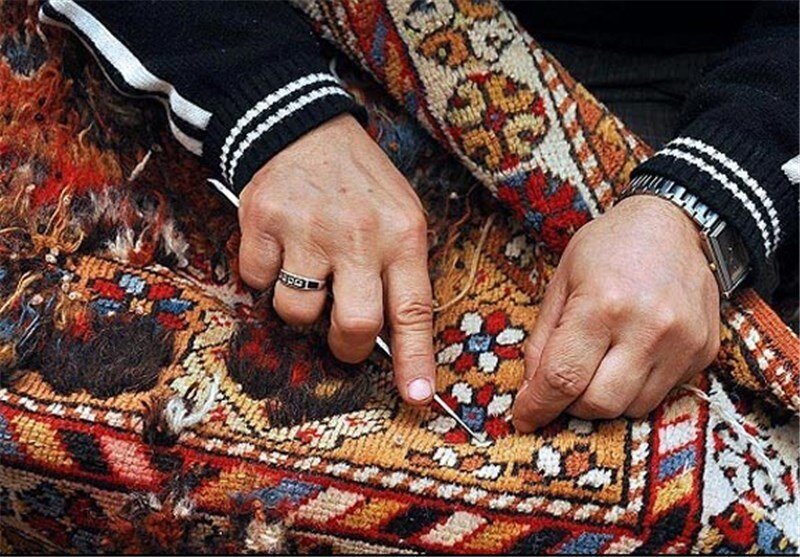Iranian handicrafts: Khorjins of Chaharmahal-Bakhtiari

TEHRAN - Chaharmahal-Bakhtiari is one of the smallest, lesser-known provinces of Iran, however, is the home of two of the most important tribes of the country; Bakhtirai and Qashqai.
In the culture of nomadic society, Khorjins, which are a kind of saddlebags, have been turned into a way of expression and beautifying and helped bring diversity to the monotone and repetitive rhythm of seasonal migration.
The nomads use the Khorjins as sacks, baggage, and crates. Khorjins are popular and come in many different sizes.
According to Visit Iran, the small and medium Khorjins consist of two parallel squares that have been sewed to each other on a rectangular piece. But the large ones which are specifically used by nomads consist of two big rectangular pieces and are positioned in the front middle of each other.
The small Khorjins are called “Akbeh” and usually contain documents, valuable objects, personal things, and jewelry. Some of them are particularly used by women riders when they hang the Akbeh Khorijns on the saddle to carry their items.
Most commonly those Khorjins that are hanged in front of the animals have two wide pieces of fabric as long as sixty centimeters and buttons are sewed on all over them.
They have patterns and pom poms as decorations. The pom-poms, also known as Varaneh, move around when the animal is trotting and prevent the stings of bees and other insects, and reduce the risk of the horse tilting its head to move away from the flies.
The second Khorjins are medium, they are sewed in one hundred in fifty centimeters and are used to carry edibles and common tools. The people of Chaharmahal-Bakhtiari also use them to carry their daily stoppings. The third group is large Khorjins and is more popular with the Bakhtiari tribe. They are one hundred in one hundred and fifty centimeters and have pockets in the form of rectangular which means they are wider than they are tall. Darjuneh, Chelgard, Kuhrang, and other cities are some of the most important centers where Khorjins are sewed.
Chaharmahal-Bakhtiari is the birthplace of various unique traditions and rituals relative to the 'tribal' lifestyles. Special forms of music, dance, and clothing are noteworthy. It has considerable potential to become a vibrant tourist attraction because of its changing natural landscape.
The province is also a hub for making wool felt products, majorly of which exported abroad. It is home to some 500 crafters, in over 250 workshops, making handmade felt products.
AFM
Leave a Comment